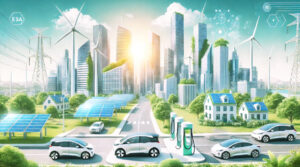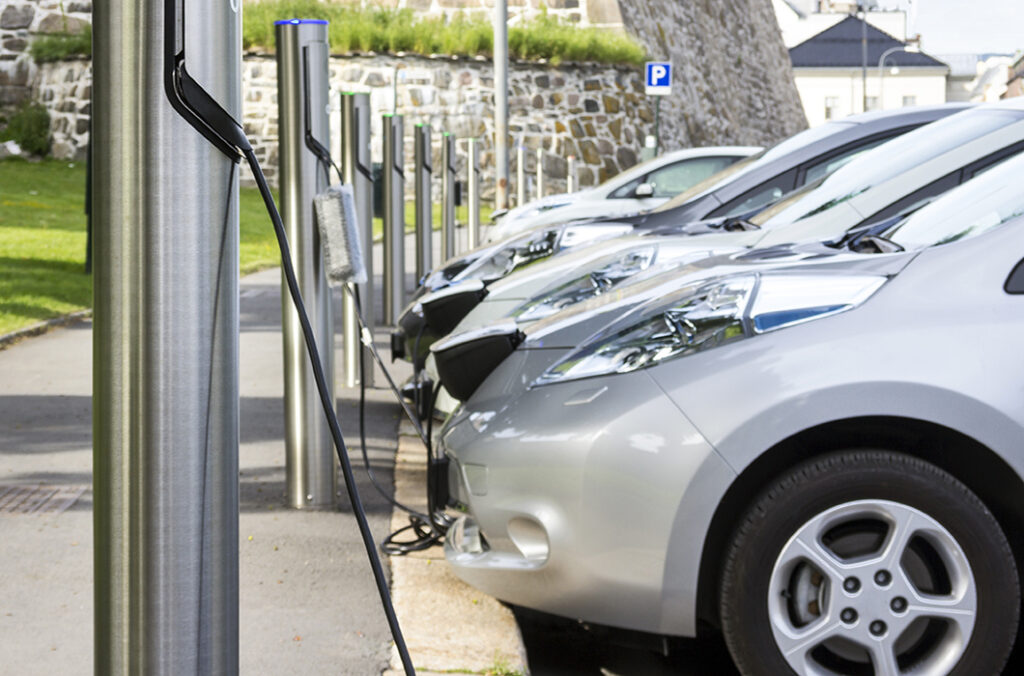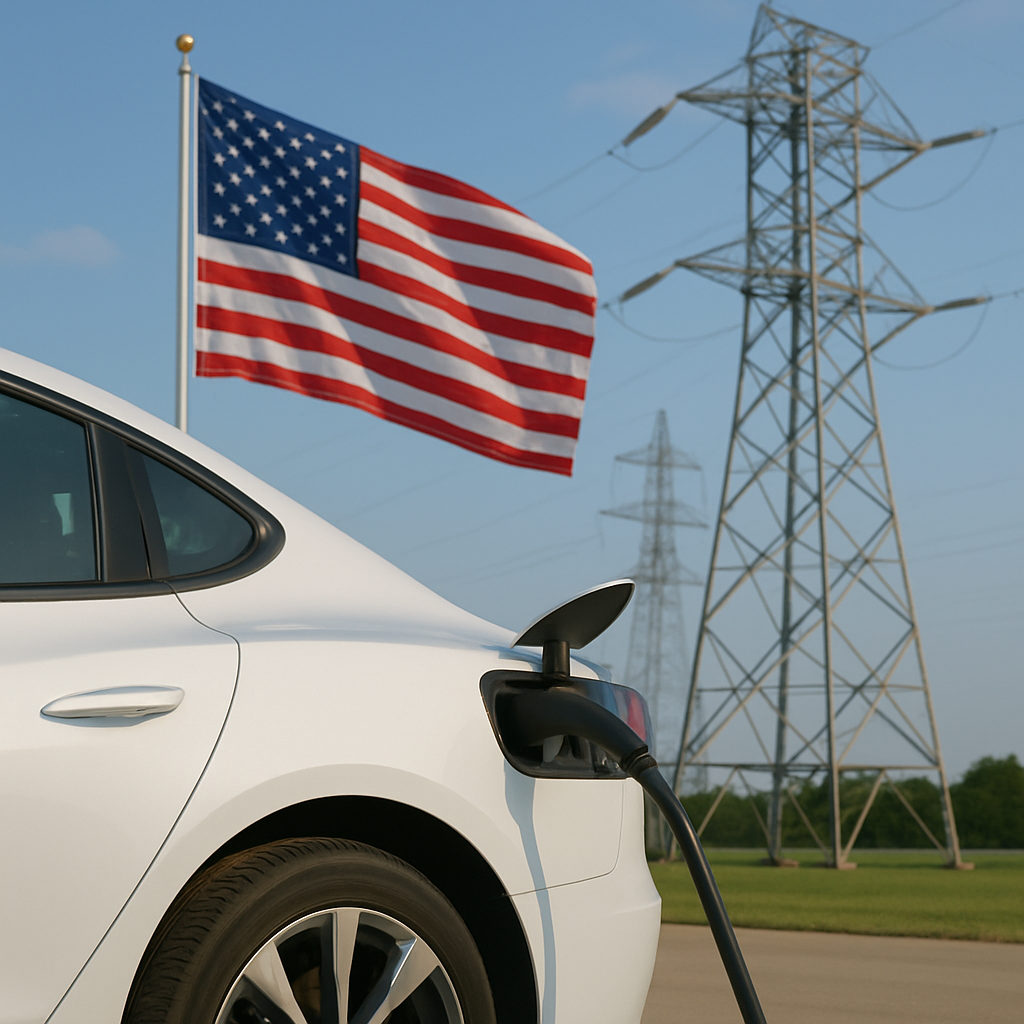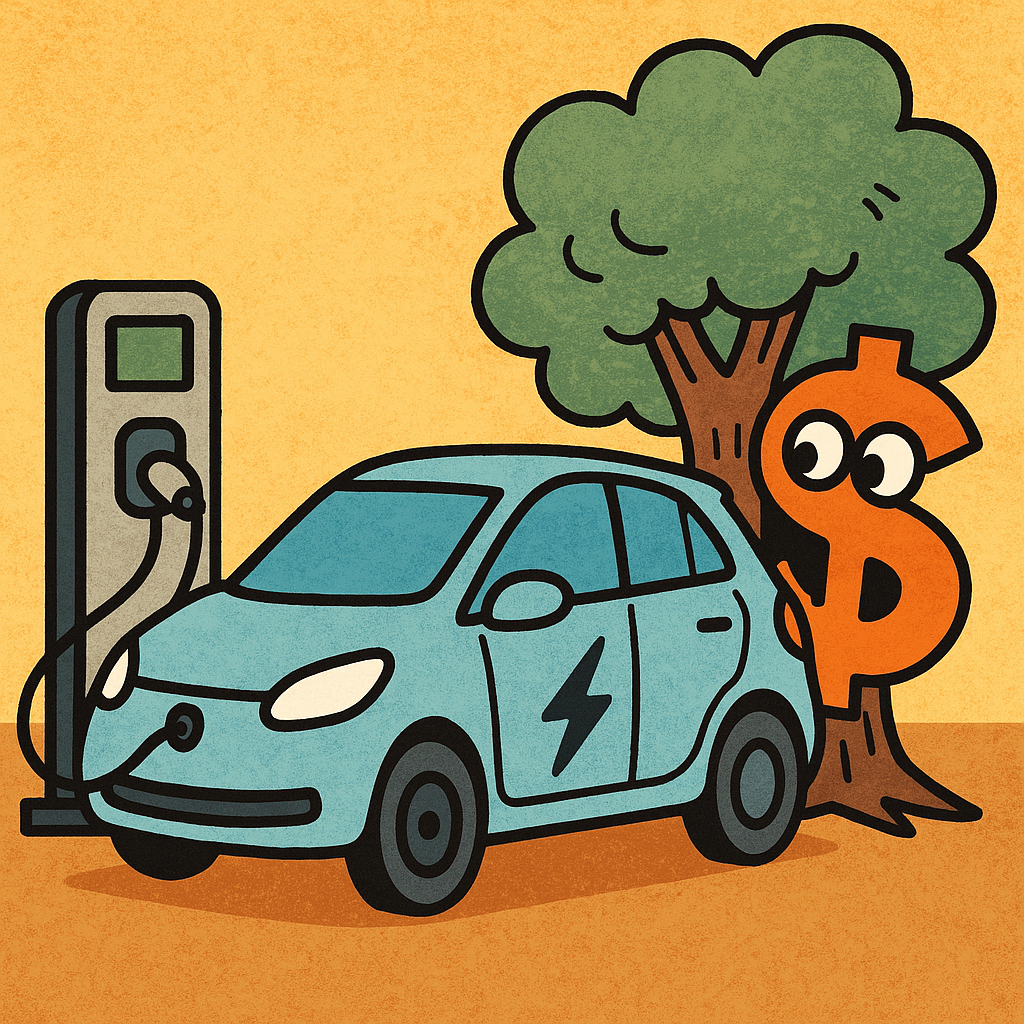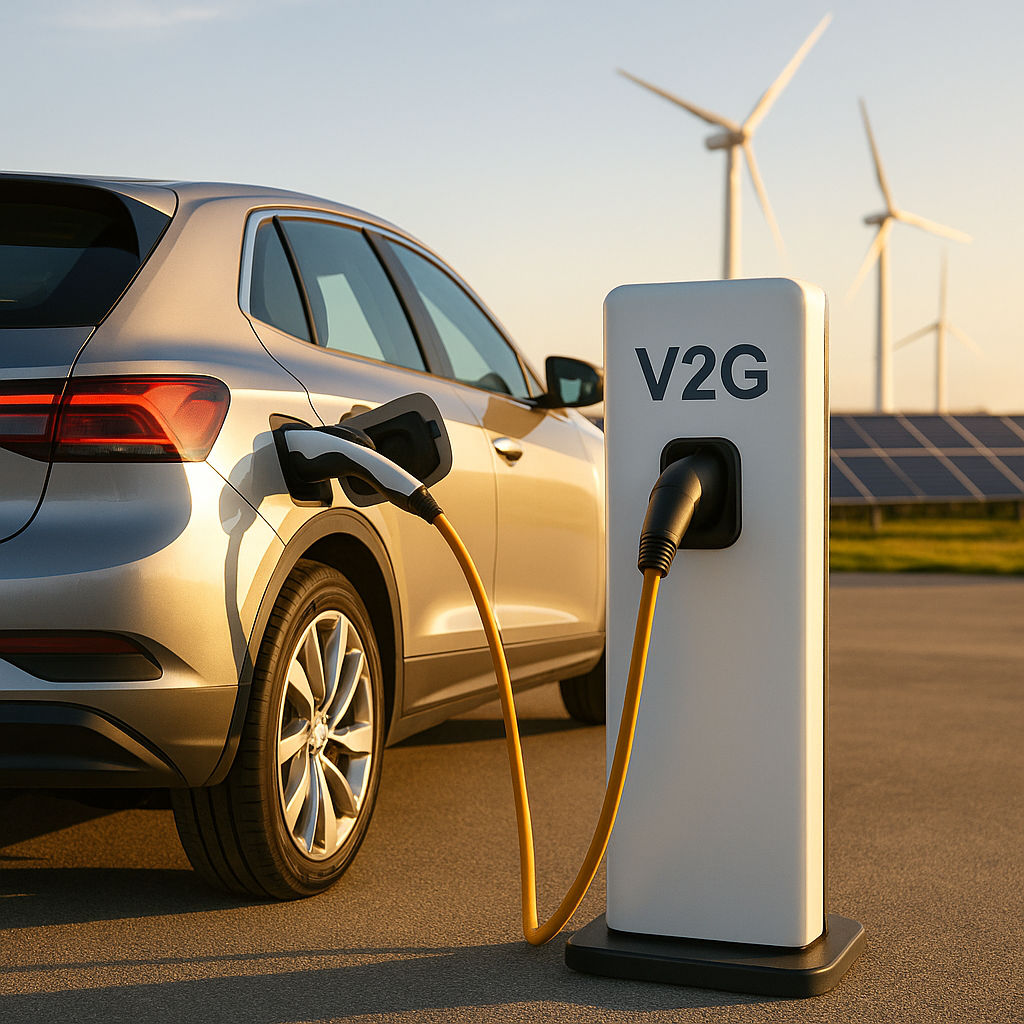V2G Insights
The most impactful, fact-driven knowledge from across the web
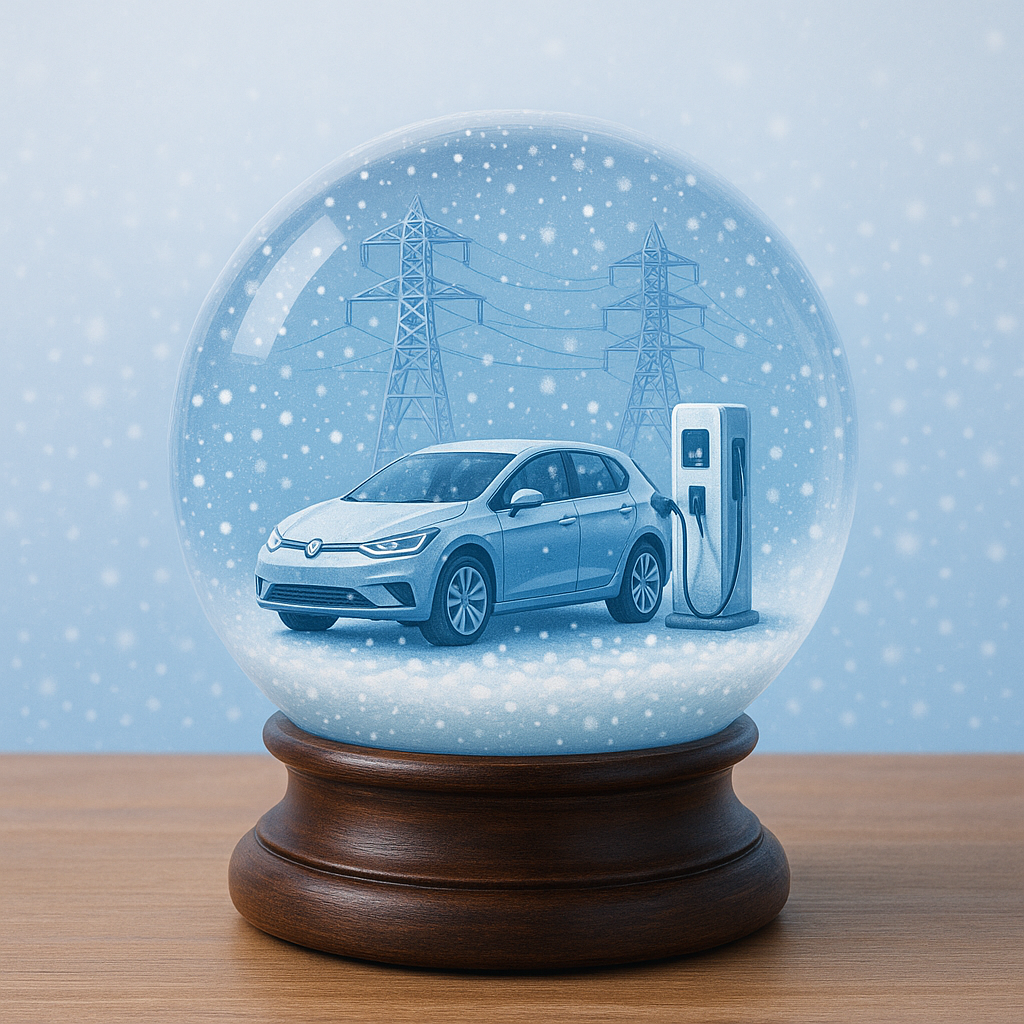
Steve’s 2026 V2G Predictions: The Year Bidirectional Charging Reshapes the Grid
Ford’s David McCreadie on the Future of V2H, V2G, and Grid-Interactive EVs
Filling the Missing-Money Gap: What It Will Take to Finance V2G at Scale
Steve’s Top 3 Takeaways from the October 2025 Detroit V2G Forum
Vehicle-to-Grid Interoperability: From Custom Integration to Common Infrastructure
More Headlines
Why Flexible Grid Connections Are Key to V2G
A fleet operator wants to install 50 bidirectional EV chargers—not just to charge vehicles, but to send power back to the building and grid during peak hours. The utility reviews both sides of the request: the service connection to draw power, and the interconnection to export it. The verdict: wait three years for a $2…
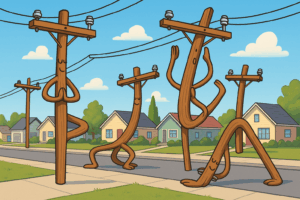
Will V2G Face the Same Utility Playbook that Challenged Rooftop Solar?
V2G today feels much like rooftop solar two decades ago — full of potential but not yet mainstream. In Scaling V2G: Lessons from Distributed Solar, V2G News looked at the policies and strategies that fueled solar’s growth. This piece picks up the thread by asking whether utilities will run the same playbook that many critics…

Back to School, Back to the Grid: From Pilot Projects to Scaled School Bus V2G
Image: The Mobility House
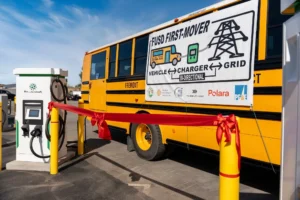
Making Sense of V2G Benefits: A Framework for Understanding Grid Value
This article is the second installment in our V2G Value Series. The first focused on benefits beyond the grid—household resilience (e.g., V2H backup) and lowering the total cost of EV ownership. Here, we map grid-facing value into three categories: behind‑the‑meter optimization, avoided cost-based programs, and market participation. Three-Part Framework for V2G Value As interest in…

Highway to Scale: Why the AC/DC Debate is Slowing Down V2G
"It’s a long way to the top if you wanna rock ’n’ roll." —AC/DC Expectations are high for vehicle-to-grid (V2G) technology to unlock the massive storage potential of electric vehicles and support the clean energy transition. But a crucial and often underappreciated debate may be stalling its progress: should V2G operate primarily through AC (on-board)…
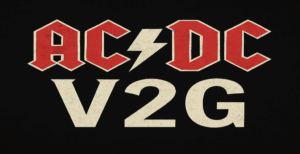
V2G Value Series: Thinking Beyond the Grid
This is the first in a series of articles exploring the full value of vehicle-to-grid (V2G) technology. While grid services have received much of the spotlight, this series begins by zooming out to highlight the often-overlooked benefits of V2G for EV owners—lower costs and greater resilience. In our next installment, we’ll take a deeper dive…

Scaling V2G: Lessons from Distributed Solar
Much of my early academic and consulting career focused on the growth of the distributed solar industry. My dissertation at the University of Delaware, supported by the U.S. Department of Energy, explored the economic value of distributed solar generation. I later co-authored several pioneering studies using satellite-derived solar resource data to demonstrate that solar energy…
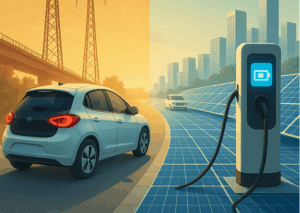
🚗⚡ Want to Use V2G or V2H? Good Luck Figuring Out What Works
Consumers interested in Vehicle-to-Home (V2H) or Vehicle-to-Grid (V2G) technologies face a frustrating challenge: there’s no clear, centralized resource that explains which EVs and bidirectional chargers are compatible and for what use case. For residential V2H, consumers are currently limited to proprietary, vehicle-specific solutions. A prime example is the Ford F-150 Lightning, which requires pairing the…

AI Meets V2X: An Opportunity to Transform the Grid
What if millions of electric vehicles (EVs), solar panels, and batteries could autonomously optimize energy flows—delivering unprecedented levels of grid stability, relieving congestion, avoiding costly infrastructure upgrades, and saving consumers billions? With AI-driven orchestration of distributed energy resources (DERs) and Vehicle-to-Everything (V2X) technology, this isn't hypothetical. The potential is real and rapidly emerging—and it's the…
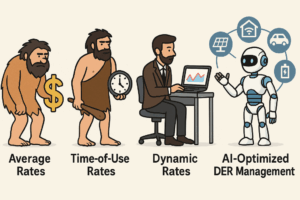
Cheaper, Faster, and Better: Why Advanced Energy Technologies Are Unstoppable
The energy landscape is shifting rapidly, and the momentum toward advanced energy technologies—solar, wind, storage, and electric vehicles (EVs)—is undeniable. In fact, renewable energy accounted for over 85% of U.S. new electricity capacity added in 2023.[1] In addition, automakers sold 1.3 million EVs in 2024—8 percent of all U.S. new vehicle purchases.[2] The reasons are…
